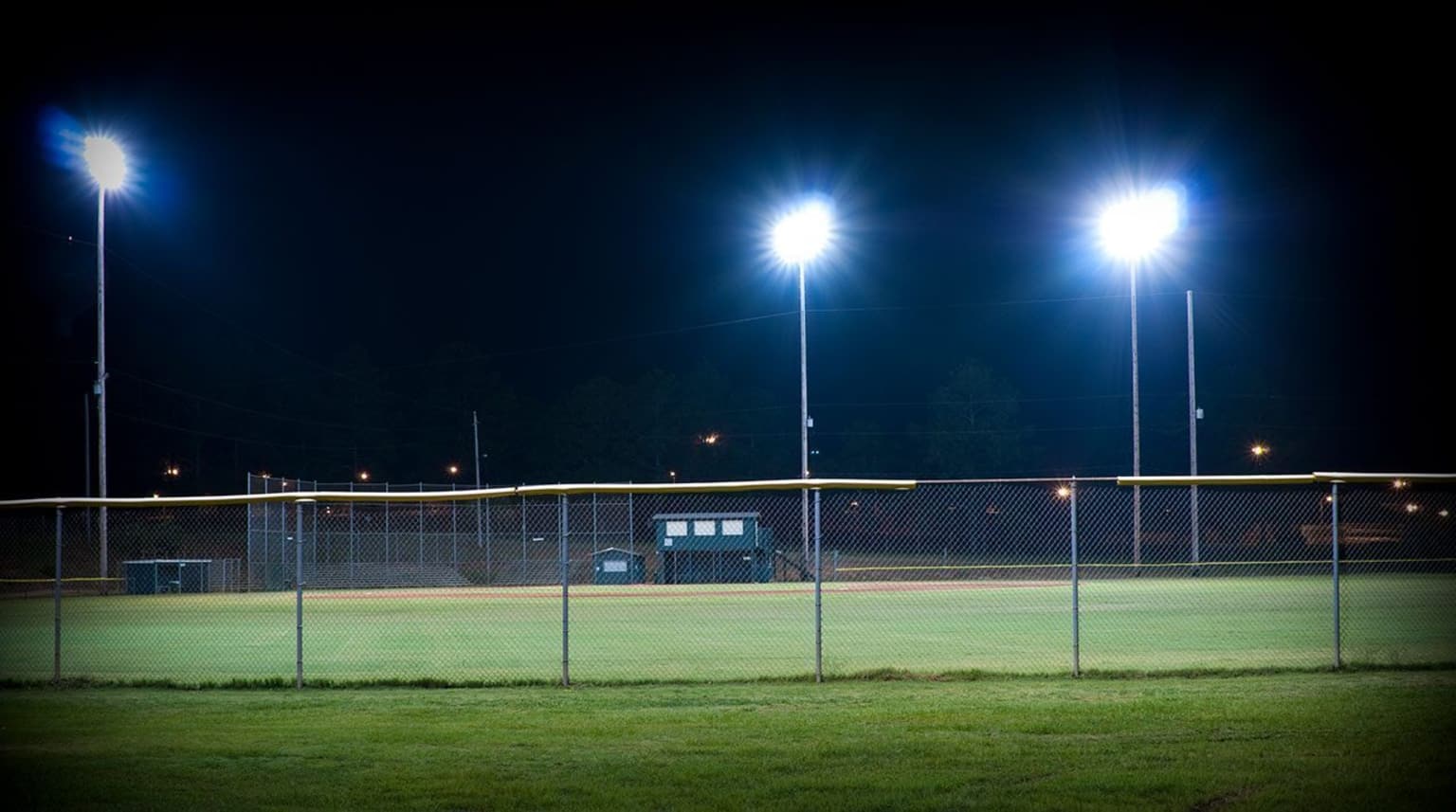For
Maintaining Your Local Fields: 7 Tips

Rob Guthrie, Little League® Turf and Groundskeeper, knows a little something about getting Little League fields ready for play. As the individual in charge of the fields at the Little League International Complex in South Williamsport, Pa., he leads a corps of volunteers who prep and preen Howard J. Lamade and Volunteer Stadiums during the Little League Baseball World Series.
Here are his seven tips for maintaining your local fields during your Little League season:
- Increase the mowing frequency for the field, as often as two or three times per week. Mowing more often has two benefits – less of the actual grass blade is removed from the top and grass clippings are reduced, both of which make for a healthier turf bed. If available, a zero-turn mower works best.
- Use and apply a very simple fertilizer to combat crab grass, which affects the field and can creep into the infield cutout. A slow-relief fertilizer with dimension herbicide is suggested, and you should follow application instructions on the product, suited to proper timing based on the local climate.
- If irrigation is available, set up a watering schedule that allows for regular, deep watering. This pushes the grass roots down as the roots seek water. In turn, it builds a deep root structure that lasts throughout the season, even as weather gets drier in the late summer months. Also, applying water to the infield skin with regular frequency and before games maintains a tighter surface that reduces dust and prevents the infield from breaking apart.
- Repair the pitching mound and home plate areas after each use. Using a watering can and hand tamp to fill and repair holes provides for the best and safest playing surface. Frequency of maintenance minimizes damage that can easily accumulate over the course of the season.
- Be sure to periodically edge the borders where the grass meets the infield skin. This is especially important along the baselines to prevent the grass from encroaching into the dirt areas. The back arc of the infield is another area that should receive regular edging maintenance.
- Additionally, in the edges where grass meets the infield skin, use a soft-bristle broom to push dirt from the grass back onto the infield to minimize the creation of a severe, and possibly dangerous lip. If higher lips have built up over time, a hose can be used to directionally blast water through those higher lips and knock them down back into the infield skin.
- Frequently over-seed heavily trafficked areas such as the front of the pitching mound and locations where defenders and umpires regularly stand. Spreading some seed in these small areas and working it into the location with a rake a few times throughout the year builds a better seed bank and limits spots of visible wear.